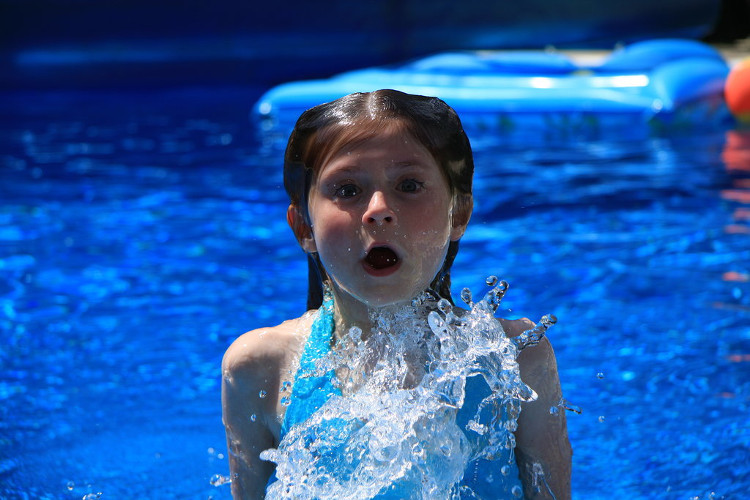Why are people drowning after going to shore?
Children who have just experienced a near-drowning incident, rescued and landed awake several hours later can still die from the phenomenon of pulmonary perfusion leading to "dry drowning".
According to experts, drowning not only caused victims to die from suffocation for too long, but also countless risks even after being rescued. Many cases of children still die after being rescued awake on the shore.
According to USAtoday, Purva Grover, Cleveland Clinic's Emergency Medical Director, said dry drowning or secondary drowning can happen hours after the child has experienced a near-fatal incident. drowning. If left untreated, the child may have brain damage, damage to the respiratory system leading to death.

Dry drowning is also called secondary drowning.
According to a report published in Medical News Today, in 2005, more than 3,000 people in the United States died from "dry drowning." Terrestrial drowning can occur in adults, but it is more common in young children.
Dry drowning occurs after children breathe water through their mouth or nose when struggling under water. Water enters the lungs, causing it to contract and breathe. Even the lungs will be irritated, leading to an overflow. Children may begin to experience dry drowning symptoms within 24-48 hours after inhaling water. Manifestations include cough, vomiting, fever, difficulty breathing, dizziness, mood changes.
"Children can be completely normal like many other children, they can go to sleep and have symptoms of dyspnea in the middle of the night," Purva said.
"When a child is nearly drowned in water, what parents need to do is monitor and take their child to the doctor for a risk of dry drowning before it's too late," recommends Purva.
In order to prevent dry drowning, experts recommend parents take their children to swim to keep an eye on children, never let them swim alone, only allowing children to swim in areas with lifeguards . Not only are children at risk of drowning in the pool or the sea but can happen in the bath at home.
- First aid when drowning
- How to save suffocated people
- Why are men more likely to drown than women?
- Warning of the risk of 'drowning', absolutely not subjective
- Help your child prevent and respond to drowning accidents
- 4 things to remember before jumping down to save drowning people
- Two ways to escape drowning when you can't swim
- Necklace puffs up to save lives
- Robots rescue drowned people
- The startling truths you need to know before swimming
- Discovered the unique ability of bees to save themselves from drowning
- T-shirts turn into life jackets in a flash to help prevent drowning
 'Fine laughs' - Scary and painful torture in ancient times
'Fine laughs' - Scary and painful torture in ancient times The sequence of numbers 142857 of the Egyptian pyramids is known as the strangest number in the world - Why?
The sequence of numbers 142857 of the Egyptian pyramids is known as the strangest number in the world - Why? History of the iron
History of the iron What is alum?
What is alum?